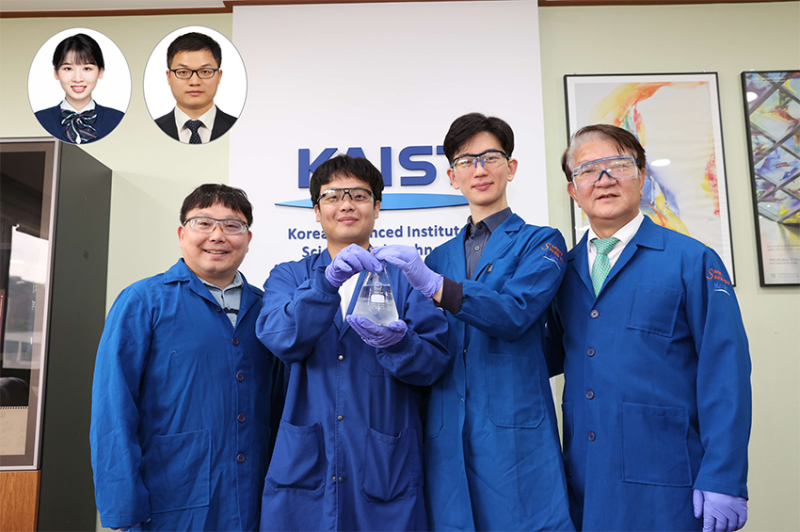Researchers at the Korea Advanced Institute of Science and Technology (KAIST), led by professors Sang Yup Lee and Sunkyu Han, developed a novel chemobiological platform that converts renewable carbon sources, such as glucose and glycerol, into aromatic hydrocarbons (BTEX: benzene, toluene, ethylbenzene, and p-xylene), which are essential in fuels, polymers, and consumer products.
The team engineered four strains of E. coli bacteria to produce specific oxygenated precursors (phenol, benzyl alcohol, 2-phenylethanol, and 2,5-xylenol), which were continuously extracted into isopropyl myristate (IPM). This dual-function solvent both protected cells from toxicity and served as the medium for downstream chemical deoxygenation, eliminating the need for purification or solvent exchange.
Key findings include
- Efficient conversion of phenol to benzene (85% yield) and other precursors to their corresponding BTEX compounds using tailored catalytic strategies compatible with IPM.
- Successful production of the full BTEX spectrum from renewable feedstocks.
- Establishment of a modular, solvent-integrated framework that combines microbial biosynthesis with chemical catalysis—reducing energy use, minimizing waste, and enabling scalable, continuous production.
“As the global demand for BTEX and related chemicals continues to grow, this innovation provides both a scientific and industrial foundation for reducing reliance on petroleum-based processes. It marks an important step toward lowering the carbon footprint of the fuel and chemical sectors while ensuring a sustainable supply of essential aromatic hydrocarbons,” said Lee.

